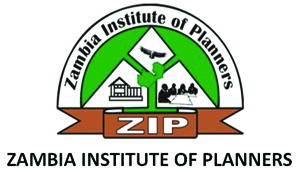 By ALLAN MKANDAWIRE –
By ALLAN MKANDAWIRE –
MAN’S daily activities from home to a place of work cannot be separated from the natural environment.
The success and happiness of man depend on the quality of the natural environment.
Apart from providing the economy with natural resources, the environment provides recreation facilities to all members of society worldwide.
As a result of multiple functions the environment offers to human being, many professions have taken the protection and management of natural environment as a base line of their programmes.
In the urban city design, the natural environment could be preserved in form of open space by planners.
These open spaces are grouped in different types depending on the location, ownership and use.
Open space in urban city includes parks, playgrounds, streets, plazas and community gardens.
Public parks; these are public open spaces developed and managed by parks department in open system zoned area.
These can be golf parks or Tennis Park which are more close to the city than neighbourhood
Neighbourhood parks are open space developed in the development area developed and managed by parks or planning department of the city.
Playgrounds; these are mainly for children located in the neighbourhood.
They can include playing equipment such as slides, swings and benches.
Pedestrian malls; these are streets close to the automobile traffic.
They can provide pedestrian amenities such as benches and planting.
They are located on the main street in downtown.
Neighbourhood open space; this is different from the neighbourhood park.
However it is also located within a neighbourhood and it is mostly used by children and teenagers.
Schoolyards; though not considered aspartof city’s open space, school yards increases awareness as a place for environment leaning.
When well designed and managed, these open spaces have the following social and economic benefit to the members of society;
Natural system environment quality; the city is supposed be a natural system which maximise the circulation of clean air, quality water and environment health.
Public art; Most of these open spaces involve public art which can promote and motivate local artist in the country.
Economic benefit; open space have economic benefit, for example houses near parks are more expensive than those far away from parks.
And not only houses but also other general goods sold in these places are sold at higher price as compared with other places of the city.
Social benefit; open space provide recreation and act as a platform for socialisation among people of different culture from all part of the country.
However, in spite of these benefits of urban open space, in Zambia urban open space are not appreciated.
There is non-use of open space in most of our urban cities.
Most of the open spaces such as golf and tennis parks have been viewed to be for the rich and foreigners.
Today if you go to Munda Wanga garden, in Chilaga most of the people you will meet there are white despite the low entrance fee being charged.
Some open spaces which have been left in neighbourhood areas have been turned into dumping site by careless members of community.
 This has left children in the area with no playground causing them to play on the roads.
This has left children in the area with no playground causing them to play on the roads.
Other open spaces have been seen as an idle land by public members who have decided to build some illegal structure on them, such as tu nthemba without realising its purpose.
Therefore, to have a properly and well managed urban open space which will be appreciated and used by the public members, proper public education is required on its purpose and importance.






